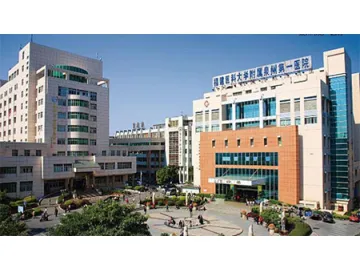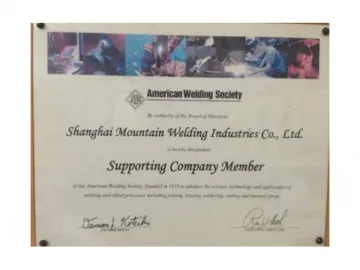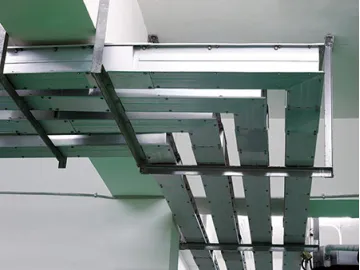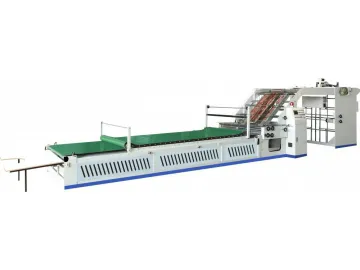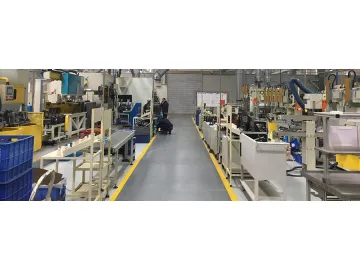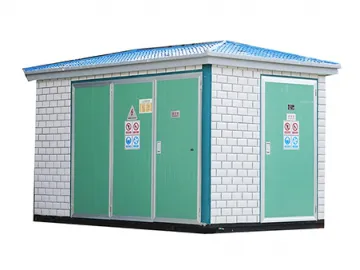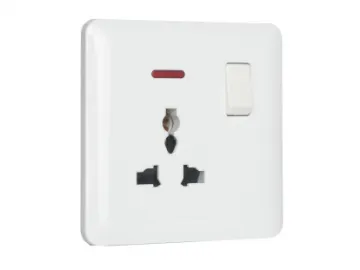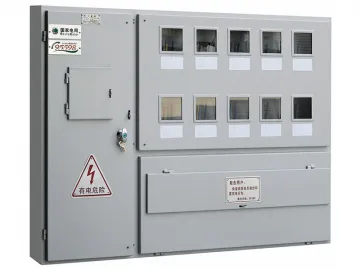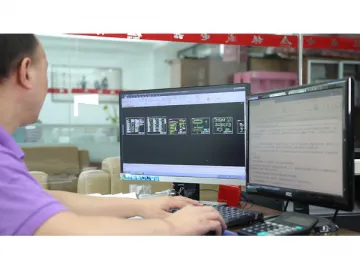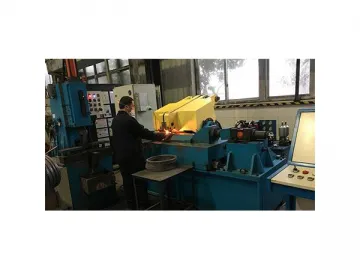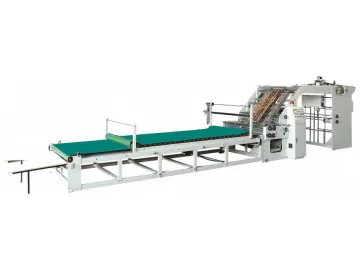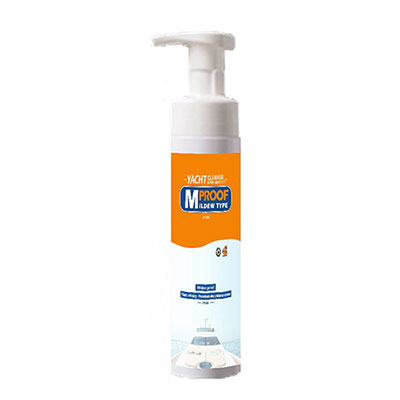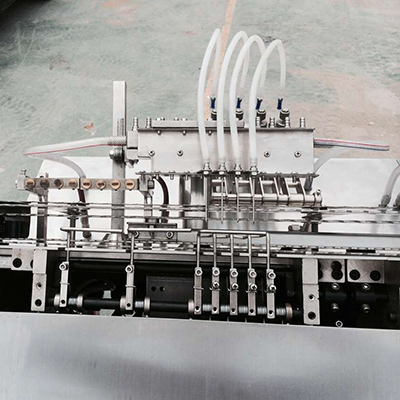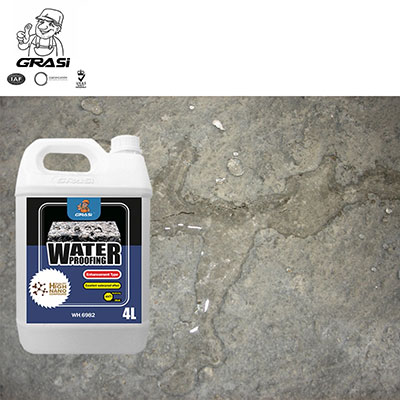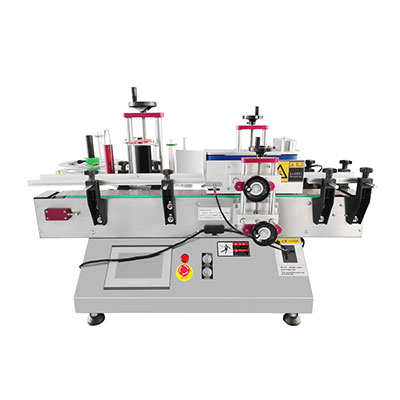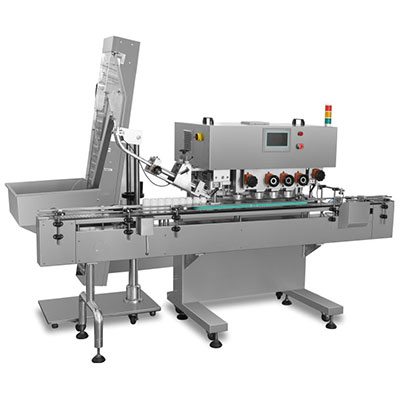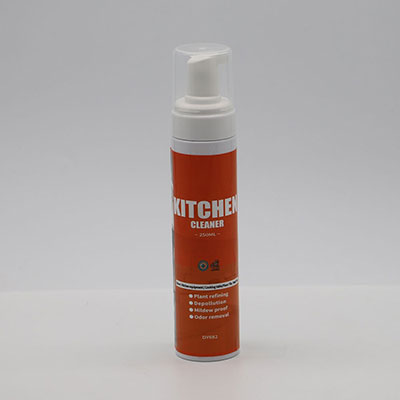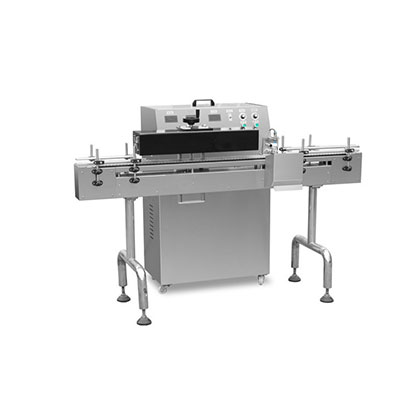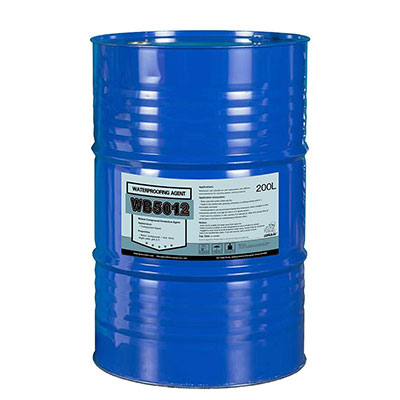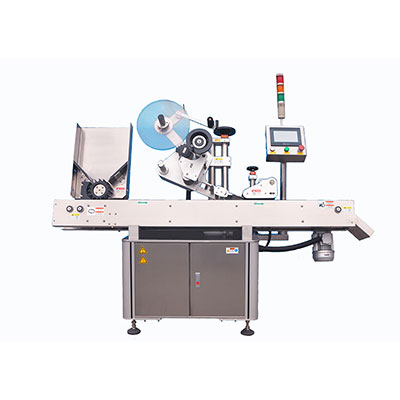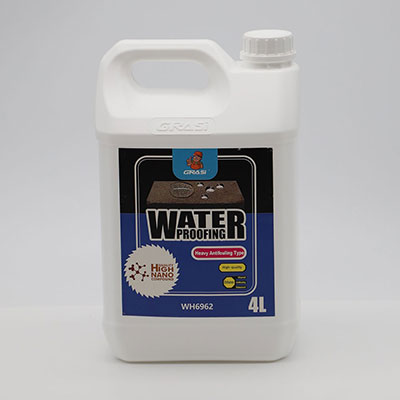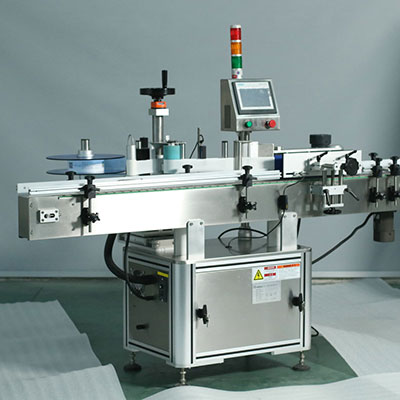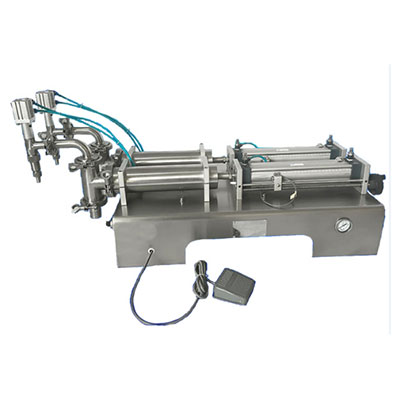Litho Laminating Mounting Machine
Litho laminating mounting machines are used to laminate sheet to sheet, or sheet to boards. The coversheet is usually an image, and the base is usually a sheet in specific thicknesses and tenacities such as kraft paper, or cardboard, corrugated board, and polyfoam board.
Litho laminating mounting machines are widely used in pre-processing of a variety of packaging and decorative products. After laminating, these products are used in a variety of folding cartons, corrugated boards, paper bags, hang tags and more. Sheet to sheet laminators provided by Jialun are widely used in packaging and conversion industries.
This equipment automatically adjusts the coversheet and base material thickness. The thickness range for coversheets is 120g – 1000g/m², while the thickness range for base materials is 250g – 2000g/ m². In actual production, as long as the materials are within the accepted thickness range, different sheet and board types can be used for laminating.
The litho laminator/mounter is computer controlled with easy operation for a fast, efficient performance. Moreover, this equipment prevents manual errors, thus significantly improving product lamination with a maximum production speed of 12,000 sheets/hour and a laminating accuracy between the coversheet and base material of ±1 mm.
Three models are available according to different laminating material sizes:Main laminating materials Paper
Coated Paper
Kraft Paper
Cardboard
Flute Board, Corrugated Board
Poly Board, Foam Board
Jialun has worked with cooperative parts suppliers for numerous years, who will process parts according to design drawings supplied by Jialun. Each part is checked and tested in the supplier’s factory, then tested using Jialun’s equipment, including a stiffness sensor, electroplating gauge, micrometer and more to determine part size and quality.
We are fully outfitted with lathes, milling machines, radial drills, wire EDM machines, and boring mills for an independent part production. Each machine features an exceptionally high alignment accuracy.
ModulesTo ensure customer convenience in operating our litho laminating mounting machines and guarantee final product quality, our machines feature a streamlined design for all processes, including coversheet feeding, converting, base material feeding, laminating, stacking, and more.
Coversheet FeederJialun’s litho laminating mounting machines are equipped with a liftable feeder for an easy feeding process. They are also equipped with a hand wheel to make it easy to fine tune sheet position for a better laminating quality. There are 2 aluminum lateral guides alongside the coversheets, both of which are adjustable to manually and automatically adapt to various sheet widths. This makes it easy for operators to adjust the coversheet feeding position in a variety of sizes, as well as allow for a quick cover sheet feed to begin with.
The coversheet suction head is produced here in house, with a feeder speed of 18,000 sheets/hour. To meet different coversheet size feeding needs, the suction head is adjustable by 60mm at most, while most adjustments require only 30mm. The suction intensity is also adjustable to meet different feeding size needs.
The coversheet suction head is driven via a timing belt instead of a chain, ensuring a highly accurate and low noise performance.
Sheet Feeder - horizontal conveying partClear PE boards are used in the coversheet transfer component, making it easy for operators to check coversheet transfers. A stainless steel sheet is mounted under the belt to avoid PE board abrasion after long-term coversheet transfer.
During the coversheet transfer process, the litho laminating mounting machine makes use of glass fiber reinforced plastic (GFRP) rollers to press the coversheet, assisting with coversheet transfers. Compared to a sheet compression roller, the GFRP roller features a smaller coversheet contact area, maintaining pressure on the same straight line to avoid sheet deviation. The laminating machine is also able to set the pressure from GFRP rollers to the sheet automatically through the use of a spring unit, making it suitable for sheets in a variety of thicknesses. The litho laminating mounting machine also uses stainless steel fastening parts to attach the GFRP rollers, ensuring a high stability and long service life, while the coversheet suction head is driven by a timing belt instead of a chain for a highly accurate, low noise performance.
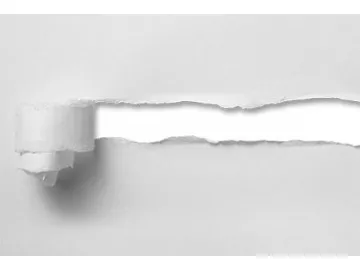
This equipment is driven using an independent motor to automatically adjust the transmission speed. Traditionally, with a clutch drive, machine operation is generally loud, and after long term use, the clutch is abraded and leads to discoloration of the feeding block. With an independent motor, all of this is avoided.
Sheet Feeder - slope conveying partThe horizontal conveying part is separate from the slope conveying part, making it easy for operators to place and remove coversheets.
This equipment is driven using an independent motor to automatically adjust the transmission speed. Traditionally, with a clutch drive, machine operation is generally loud, and after long term use, the clutch is abraded and leads to discoloration of the feeding block. With an independent motor, all of this is avoided.
The slope features a sheet sensor to ensure the coversheet position is accurate. When the coversheet deviates or there is a blockage, the machine will automatically stop, thus avoiding waste. The slope also features an emergency brake for immediate machine stopping in the event of an emergency.
Feeder for Base MaterialThe litho mounting machine is equipped with a liftable feeder, making it easy for users to feed the equipment. There is also a hand wheel on the side, making it easy for operators to fine tune the sheet position for a better laminating quality.
The machine is equipped with a servo motor and an extremely strong vacuum to adapt to larger suction heads and adapt to different base material thicknesses to avoid motor overheating when transferring thick base materials.
The sheet to sheet laminating/mounting machine uses belt conveyors and an additional suction section to work together for transferring larger and thicker base materials. The suction head length and sheet feeding belt are both able to be independently adjusted to meet different base material size needs.
A smart feeder system allows for the correction of the litho sheet pile position based on high precision chips from the servo aligner. When replacing base materials with different sizes or thicknesses, pressing the restoration button achieves a quick restoration. The servo aligner adjusts the base material feeding speed according to the coversheet’s speed, ensuring a complete alignment accuracy at both the highest and lowest speed.
Gluing UnitThe gluing unit is an important part for product quality control. If there is too little glue, laminating will not be too tight, and if there is too much, there is an unnecessary texture on the finished product surface. To help control the glue level, the gap between the doctor roll and glue applicator is manually adjustable. Operators can adjust the gaps, and in addition, a sensor is installed to detect the glue level. When there is not enough glue, more glue will be extracted until a suitable level has been reached.
The glue applicator is made of stainless steel, with high corrosion resistance, making it suitable for glue with a pH value between 4.5 and 8, such as starch glue and white latex.
Below the glue applicator, there is a glue recovery device, allowing for extra glue reuse to save client costs and reduce glue waste.
Laminating UnitTo ensure a better laminating quality, an elastic compression section is used in litho laminating mounting machine. This section is soft and elastic and is used to tightly press thin and thick products. The gap between the elastic compression section and sheets is manually adjustable, ensuring a smooth, flat product surface when laminating products with different sizes.
After laminating, products will deviate when they travel to the elastic compression section, which is why there are two compression belts in the litho laminating mounting machine to avoid product deviation, ensuring the product better fits the elastic compression section.
OthersThe PLC is separate from the aligner, making it easy for operators to detect any failures.
Links:https://www.globefindpro.com/products/19629.html
